All These Things
I didn’t know what to do with all the things, but I just could not allow them to be bulldozed into a pit and burned along with the house built by my brother. A new luxury home was going up on the old farm. My brother had died. The farm had been lost, and the new owner tracked me down told me I should take what I wanted.
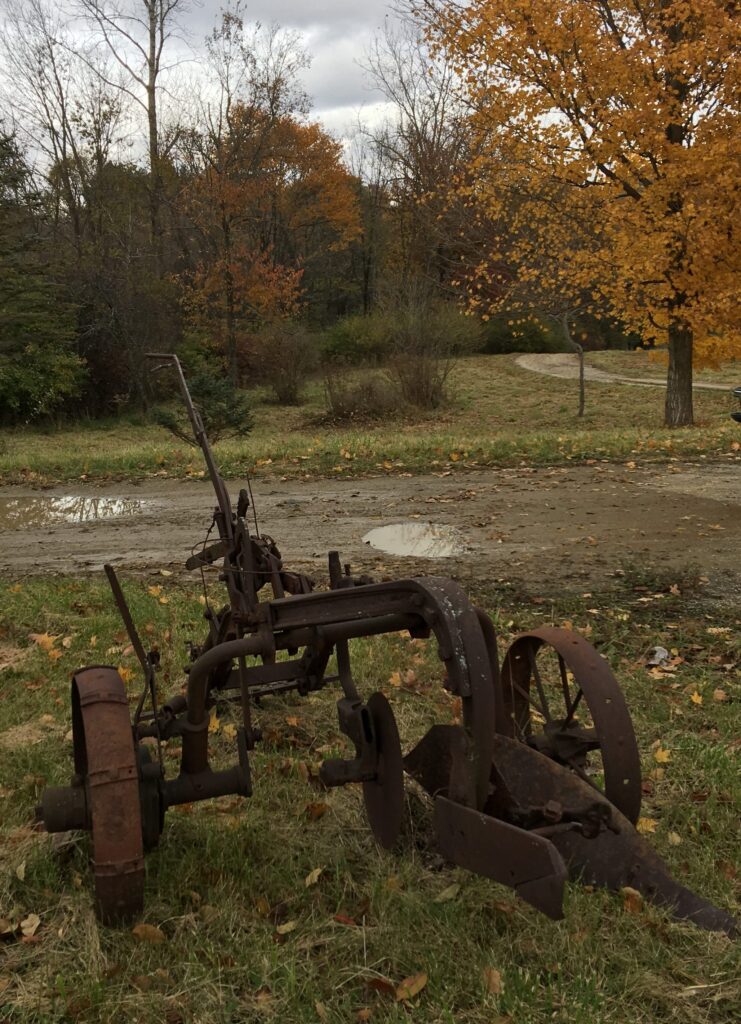
I traveled 2000 miles from my home, rented a 16 ft. moving van, hired movers to soundly pack it with the furniture made by my grandfather, boxes and boxes of family photos, dishes and I thought had been lost forever, and other things I could quickly salvage from the filth and wreckage of the abandoned house which I could transport to later sell to finance the trip. I drove across the county to my home.
I write this to share how I managed the memories and realities that accompanied the furniture, photos, and the like that I brought back with me. There is no single way to cope with the loss of a loved one and the possessions they leave behind.
Not So Many Now
18 months later I only have a couple of items left to dispose of. For me the experience has crystalized the concept of family material culture in a way that may be unique to me. I am a farmer’s daughter turned anthropologist from one of the first European-descended families to settle in the Old Northwest Territory as it opened for settlement in the early 1800s. My father and mother tended what I have come to think of as family archives.
I spent days, that expanded into weeks, that soon became months of examining, sorting, the things left behind in that house. This process was fraught. My brother was the mean-spirited executer of my mother’s estate, and as it turns out he was in the first throes of a degenerative dementia during this time. He secreted things away that few, if any, knew still existed – and kept them to himself.
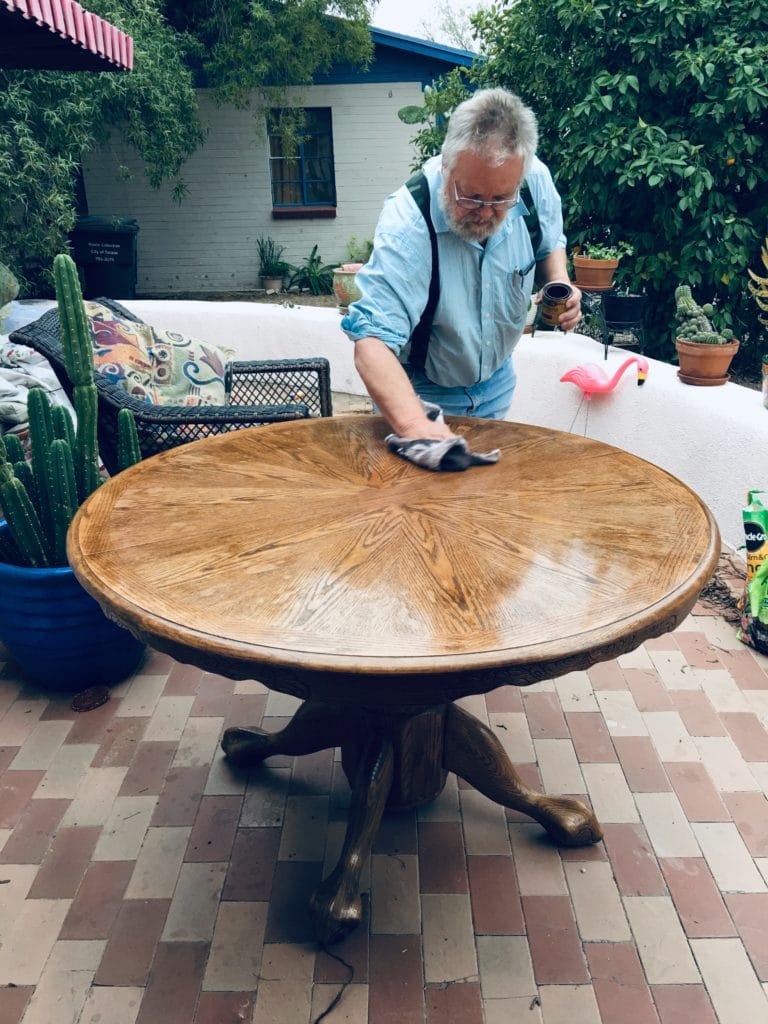
Wisps of emotion collected by these items over the decades seemed to slowly loosen, release, and float away while I unboxed, scrubbed, evaluated, repackaged items, and did a fair amount of crying.
The Map is Not the Territory
There is the thing and then there is the idea of the thing. Some things are icons, some are indexes, and some are symbols. I know all about classification and meaning. I love the esoteric. But things get jumbled when things and the meaning of things get mixed up.
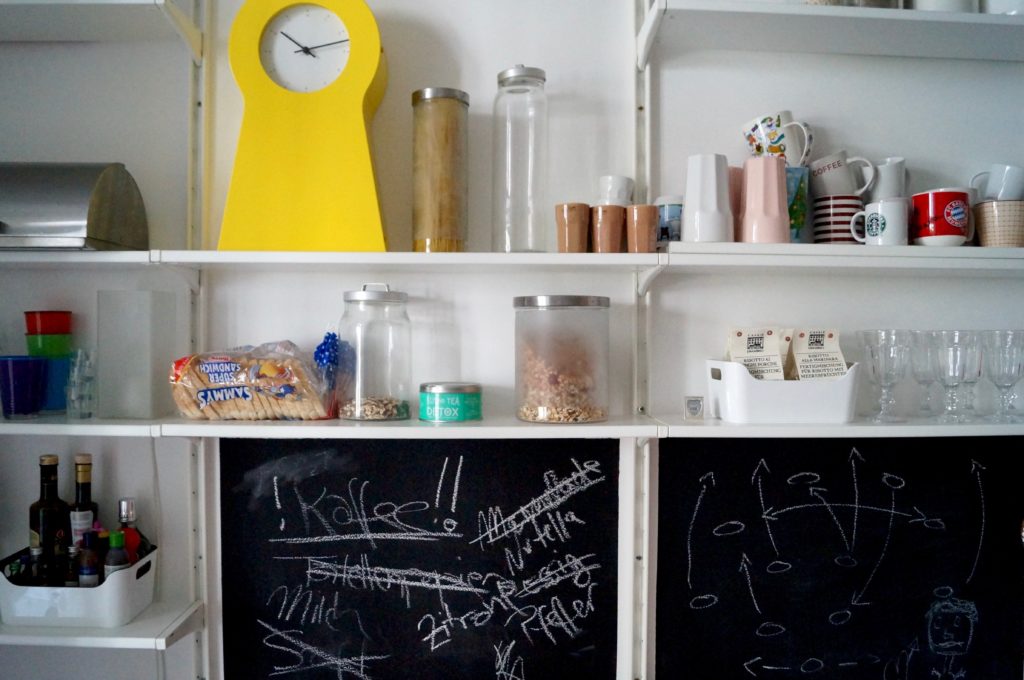
Real 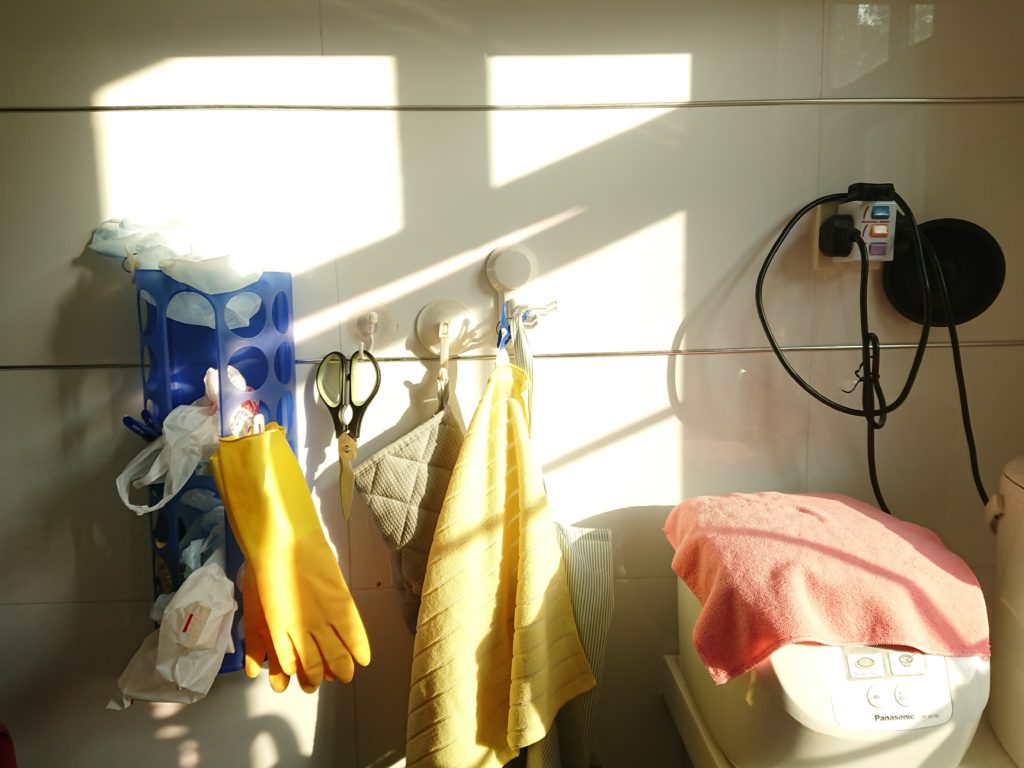
Life 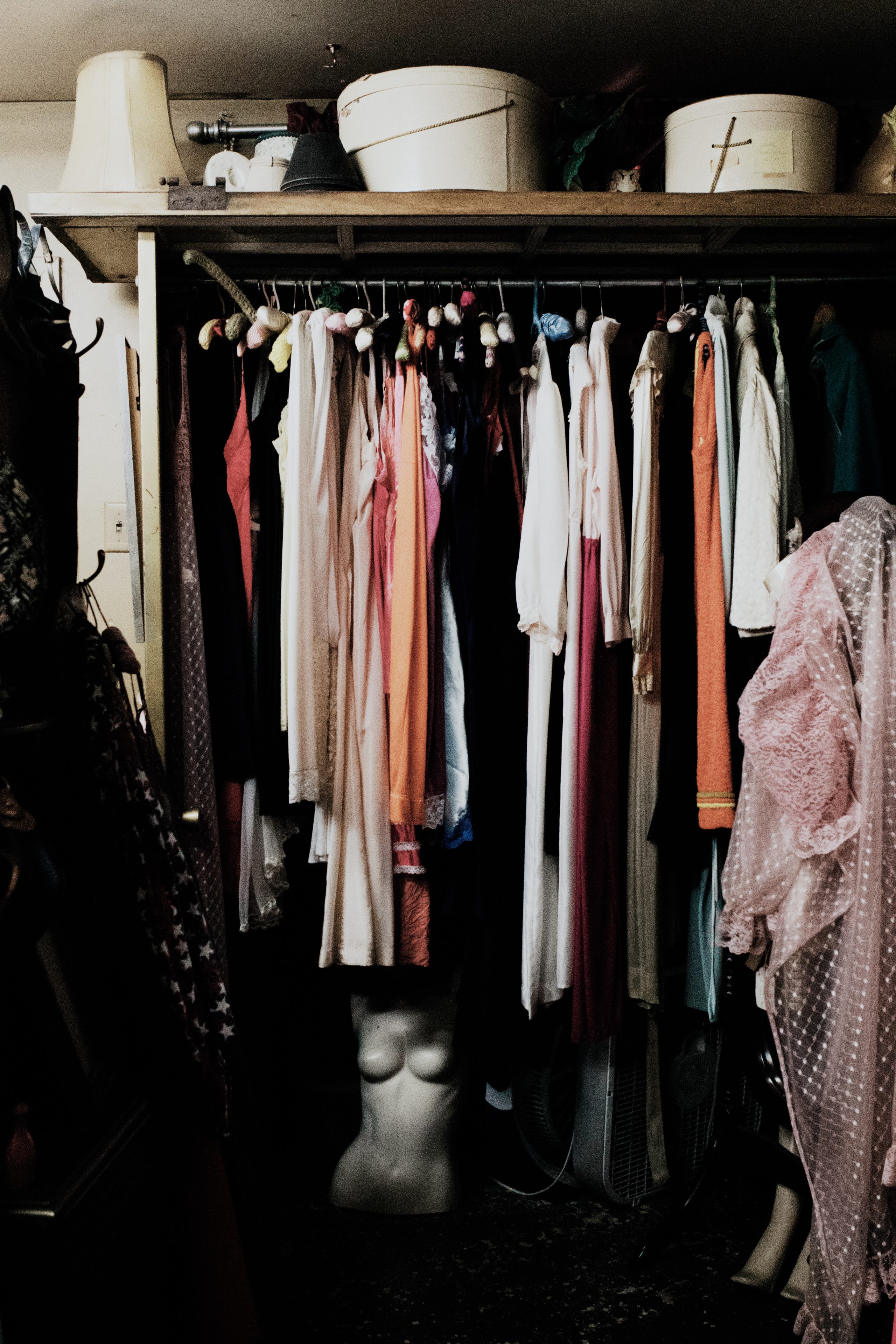
Territory
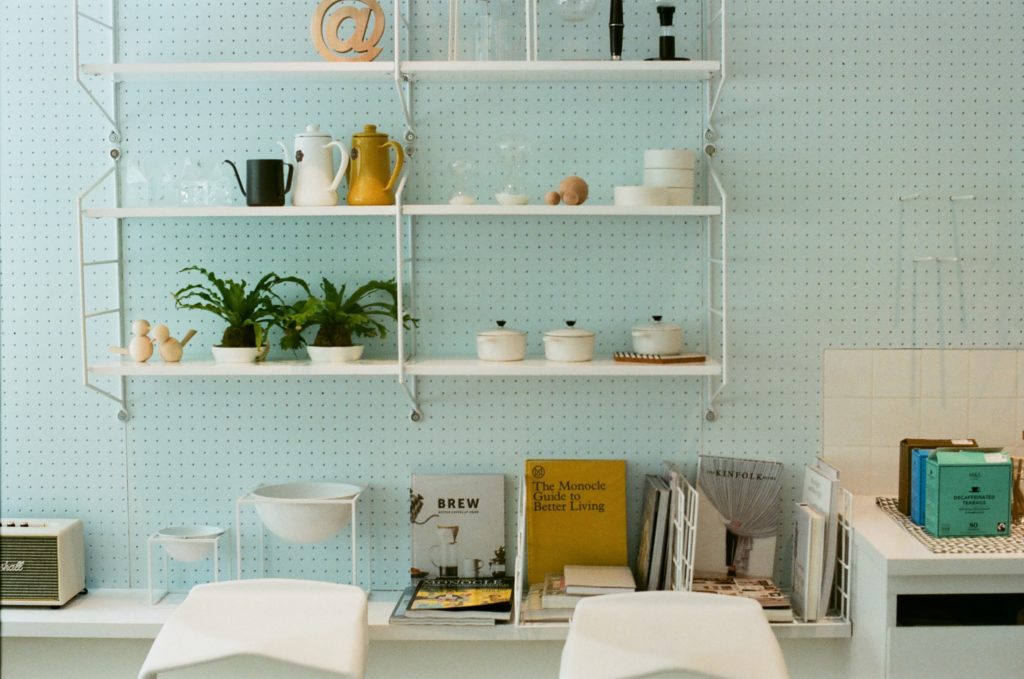
Staged 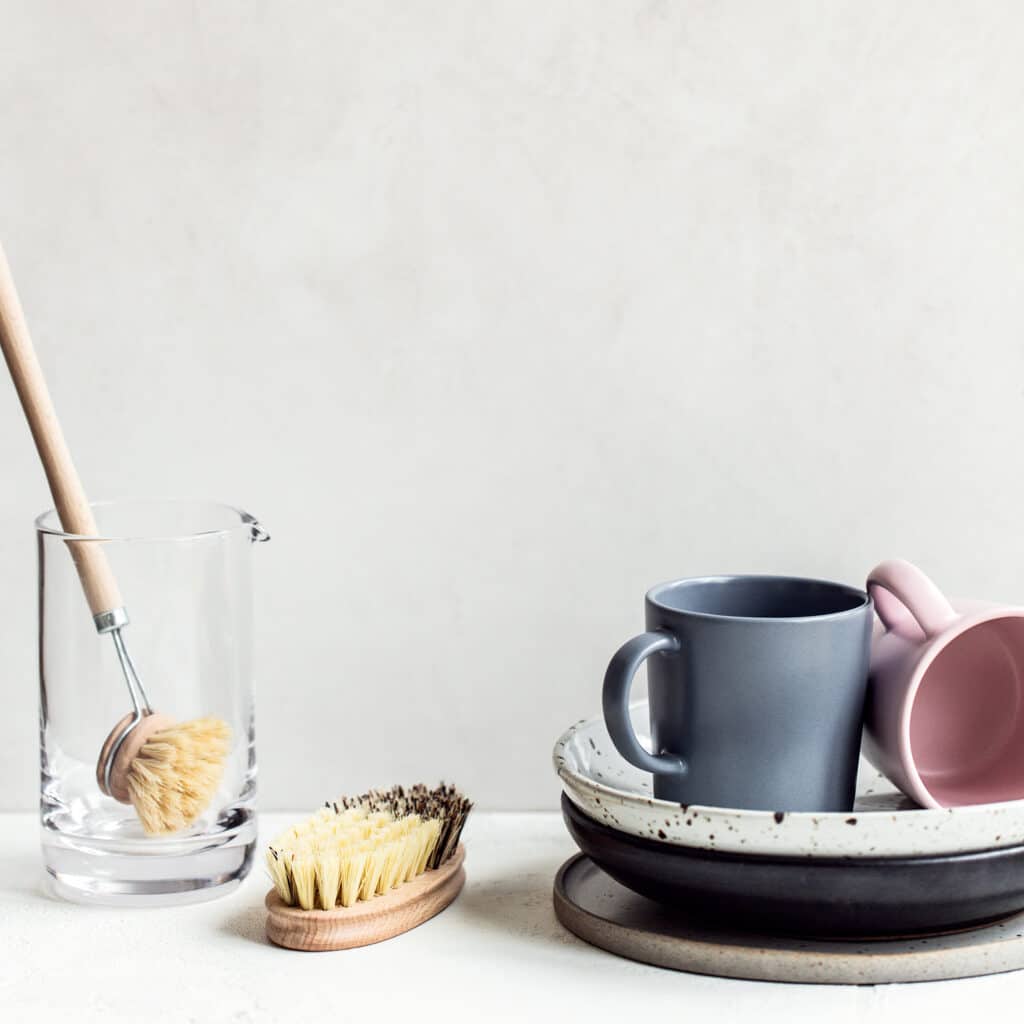
Life 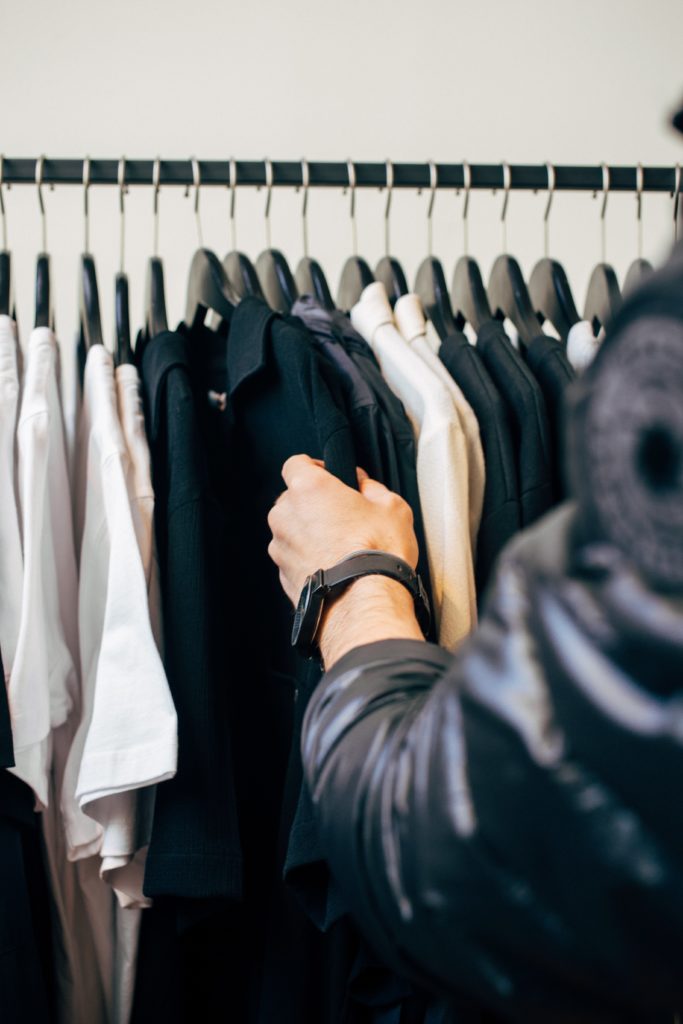
Map
Thoughts and actions become all jumbled together when things and the meaning of things are all mushed together. There is you, and there is your stuff. And there was my brother’s stuff. Then there was the stuff that was in my brother’s possession that should have been on display when we divvied up things.
Internalized Differs from Known
I had to let go of all of this. Before I could address the disposition of any of the stuff, I had to come to terms with the fact that none of these things were my brother, or the relative who originally owned it.
Well, like, duh. Of course the things aren’t the person.
But things can stand in for the person.
I realized I had to look at all the things without engaging the emotions that I might still feel about that person. I had to let go of questioning, let go of creating imaginary scenarios. The green, pressed glass depression glass had to become just that – Depression glass.
I had to desensitize myself to cascading thoughts about why these green pieces of glass were were hidden in my parents basement. To think about my mom’s secretive hoarding, that seemed to have been transmitted to my brother, and how she favored him and helped him when she wouldn’t help me, was to become lost in the downward spiral of negative energy. I banish anything so negative that it has the power to consume, be the thing a thought, an item, or a person. But most of the stuff in the stacks of boxes I still had did not seem to rise to the level of consuming evil, so I had to devise a plan for the things that still hurt to think about but to which I felt an attachment.
Stories Rise Like Bread
This required me to put certain things away, not necessarily out of sight, for months while I dealt with other items. I eventually could look at the items without conjuring up “done me wrong” tales. This might not work for someone who has to have things neat and tidy, but having the pitcher, punch cups, and sherbet cups on the sideboard allowed me to sort of acclimate to their presence. Allowing other things to similarly “age” also allowed me to evaluate them for what they were: things I liked and wanted to keep or pass on to certain people, things to which I had no real attachment, things I just did not like and wanted to get rid of. Time helped give me emotional distance.
The things I am keeping seem to be items that have stories associated with them. I want to write the stories of some of these items, it documents provenance, but also gives me closure with them. If there were people alive who knew about these things to whom I could talk maybe this would not press on me so. But there are stories that need telling. Grandma Brubaker’s salt cellars want me to tell about table practices.
If I had put the cellars on eBay to get rid of the ever-impinging thoughts of my brother, I would not have the cellars insist I tell their stories.
Items, stories, energies have to rest sometimes just like bread.
The things with stories stay with me, at least for a while, until their stories rise.
Leave a Reply